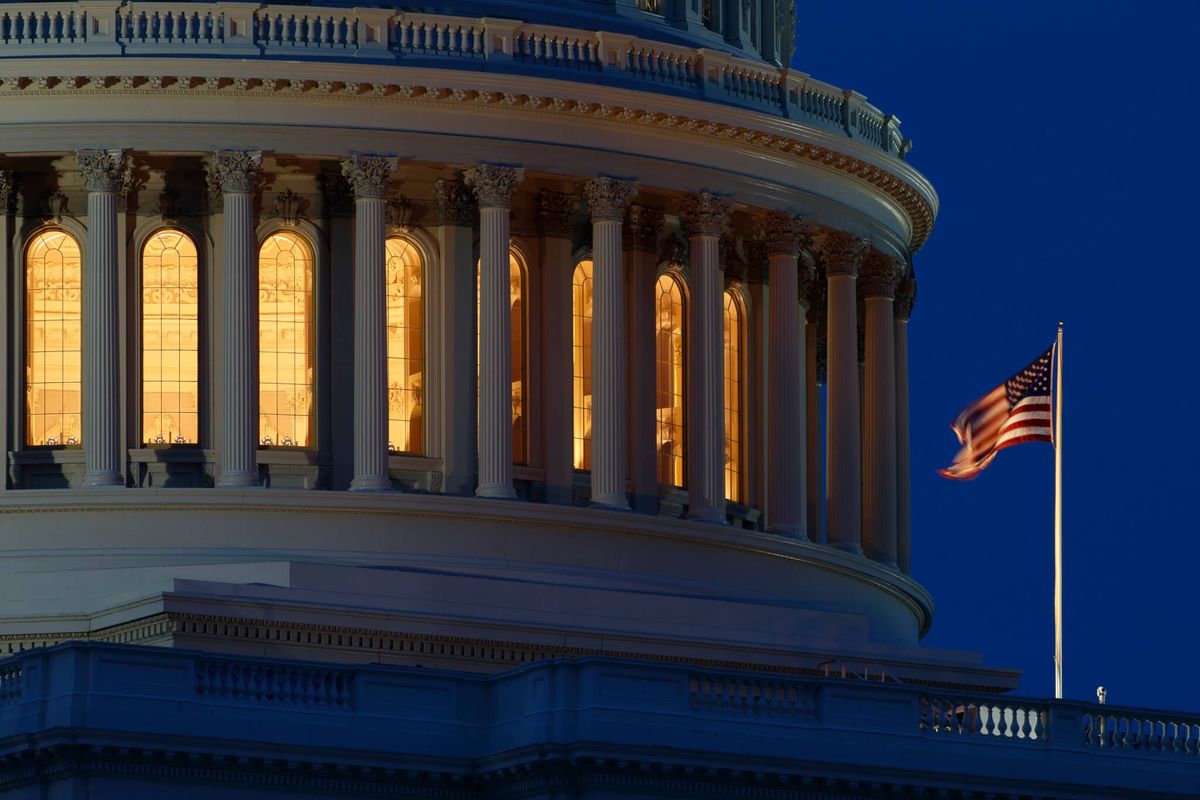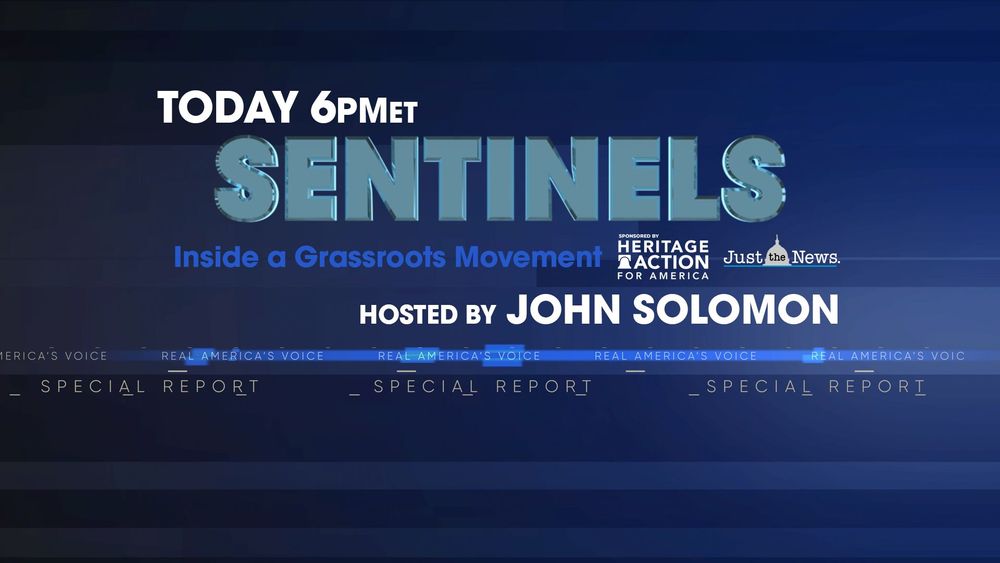
Bipartisan Shrug as US Budget Deficit Nears $1 Trillion
Washington is drowning in red ink again, yet the mounting fiscal problem is prompting collective yawns from the Trump Administration and Democrats alike.
It wasn’t so long ago that an announcement that the United States annual budget deficit was approaching $1 trillion — in a time of record low unemployment and steady economic growth, no less — would have set off alarm bells in the nation’s capital and sent politicians running to the television cameras to demand action to rein in federal spending. But a recent report from the U.S. Commerce Department’s Bureau of Economic analysis that shows the deficit ballooning to a seven-year high of $984 billion in fiscal 2019 was greeted with near silence from U.S. lawmakers, the administration and other policy makers.
Instead, as the 2020 presidential campaign heats up, Republicans and Democrats are promoting ambitious new spending and tax relief measures that would add many trillions of dollars to the cumulative federal debt – the sum total of past deficits — which is now approaching a staggering $23 trillion.
After forcing a $1.5 trillion tax cut through Congress in 2017 and demanding sharp increases in military spending, both of which have contributed to a 48% increase in the federal deficit since he took office, President Trump and others in his administration have floated the idea of further tax reductions heading into 2020.

Meanwhile, Democratic presidential candidates including liberal Senators Elizabeth Warren of Massachusetts and Bernie Sanders of Vermont are pushing for additional federal spending on social programs, including a controversial “Medicare for All” proposal. A study by the Urban Institute found that the most expansive version of that program, which extends healthcare coverage to every American and eliminates virtually all out-of-pocket spending on health care, would cost an average of $3.4 trillion per year, or $34 trillion over a decade.
Warren, who is surging in the polls ahead of former Vice President Joe Biden and Sanders, is also advocating expanded Social Security benefits, free college tuition, student debt relief and environmental initiatives with hefty price tags.
The current U.S. federal debt, now approaching $23 trillion is equal to more than 100% of the estimated $21.3 trillion 2019 Gross Domestic Product. The country has not seen a debt-to-GDP ratio this high since World War II. But still, the primary policy proposals coming from voices on both sides of the political spectrum are in favor of measures that would likely exacerbate the deficit and add to the federal debt.
It’s a state of affairs that leaves Washington budget watchdogs frustrated and worried about the future.
“Certainly, interest in fiscal responsibility seems to be an all-time low,” said Marc Goldwein, senior vice president and senior policy director for the Committee for a Responsible Federal Budget
“It should be frustrating for everyone, because the deficit is at an all-time high…for this point in the economic cycle,” he said. “It's really dangerous. And what we need to be doing is getting our debt under control now, understanding that it will have to expand during a recession, not making it even worse.”
That’s a message that neither the Trump administration nor the Democrats running for president appear to have acknowledged.

There are multiple reasons why demands for spending cuts and deficit reduction have been muted in recent years. For one, the seemingly constant state of crisis in Washington, made even more profound by the ongoing effort to impeach President Trump, leaves little room in the headlines for more complex issues like fiscal policy.
However, one key reason that deficit hawks’ collective voice does not command the attention in Washington that it once did is that they have been demonstrably wrong about the effects of rising federal borrowing.
For years, the twin terrors of rising interest rates and inflation were key arguments against allowing the deficit and debt to continue to mount. Expansive federal spending was supposed to goose demand and drive up prices. At the same time, lenders — in the form of the bond market — were expected to demand ever-higher interest rates from a federal government that kept driving itself further into debt.
Additionally, as the government borrowed more and at higher interest rates, the borrowing was supposed to “crowd out” more productive investment in the private sector.
But for the past decade, inflation has remained stubbornly low, even in the years immediately following the Great Recession, when the government was pouring money into the economy to increase demand.
At the same time, the federal government is still able to borrow at historically low rates, making the cost of servicing new debt much lower than budget hawks predicted it would be at this point. And the absence of any evidence that government borrowing is “crowding out” private sector investment has been sparse enough that the conservative-leaning Tax Foundation has declared it to be a concern of “minimal importance.”
Additionally, while much is made of the fact that the federal debt is now higher than annual GDP, that hardly makes the U.S. an outlier among developed nations. Other advanced economies carrying comparable levels of debt include Canada, Spain, the United Kingdom, and France. Japan’s debt load is equal to more than twice its GDP.
In fact, there is a rising consensus among economists worldwide that, especially given the low interest rate environment that is expected to persist indefinitely, high debt levels among advanced economies simply are not that big a deal. Among the loudest voices making this point has been Olivier Blanchard, the former head of the International Monetary Fund — an organization that has spent decades trying to convince developing economies to avoid high debt loads.
“The right attitude…is not to pretend that debt is catastrophic if it is not,” he wrote in a recent paper with economist Ángel Ubide. “Sooner or later, a government will test that proposition and discover that it is false. The right approach is to tailor the advice to the situation of each country.”
 38 People Cited for Violations in Clinton Email ProbeNext PostImpeachment Inquiry Puts Spotlight on Perry, Who Shunned It
38 People Cited for Violations in Clinton Email ProbeNext PostImpeachment Inquiry Puts Spotlight on Perry, Who Shunned It 






